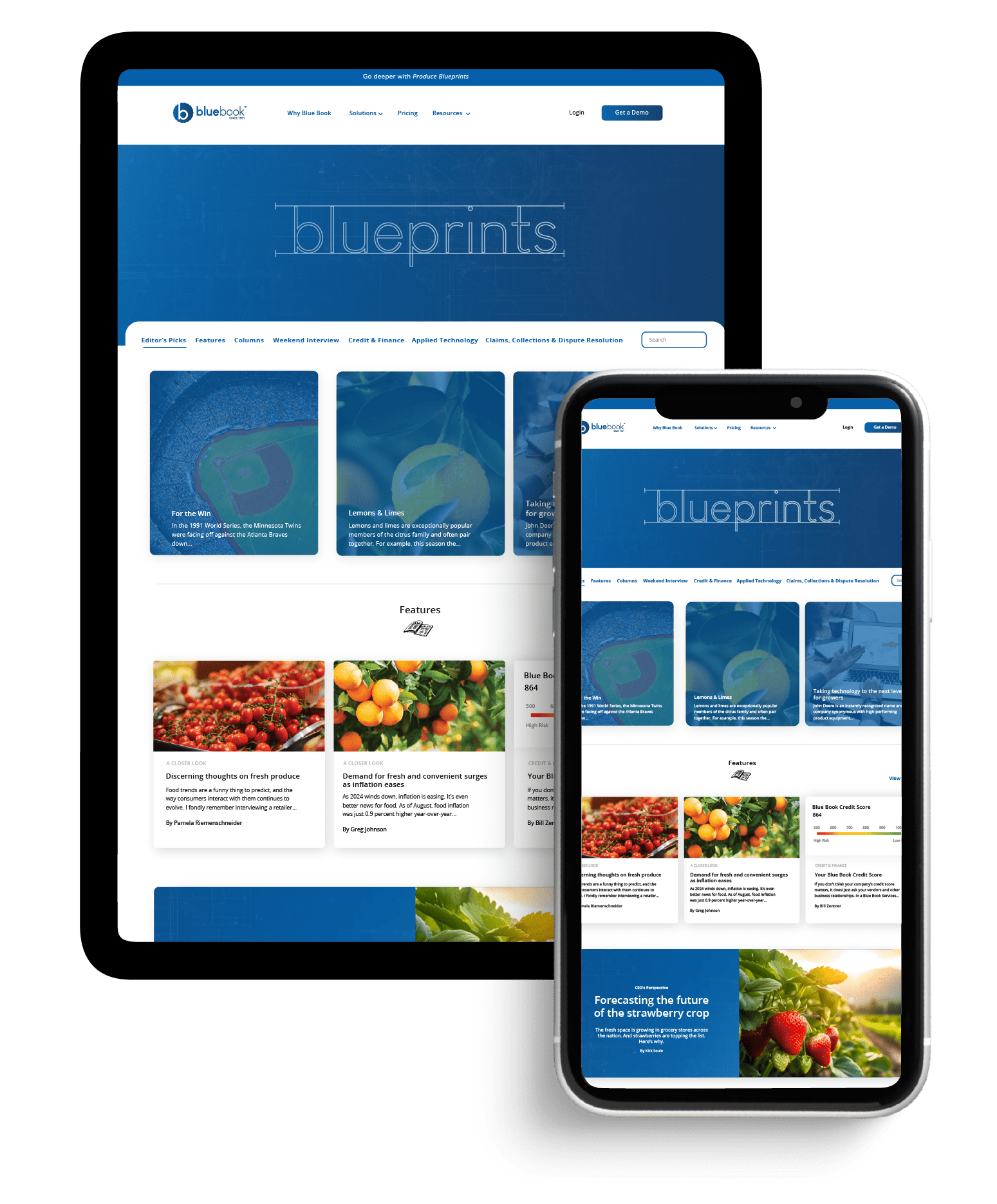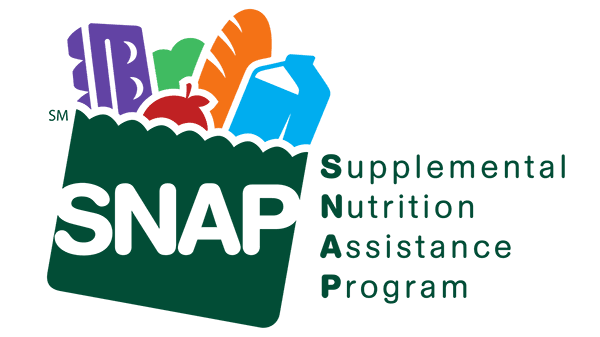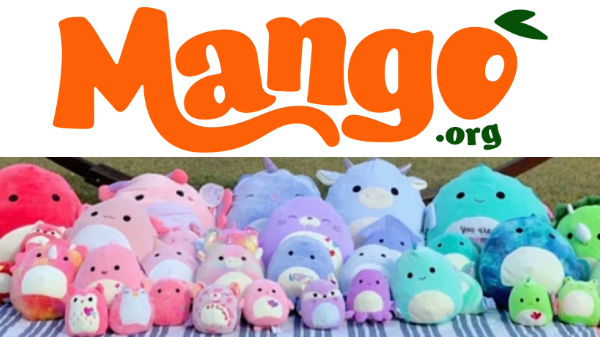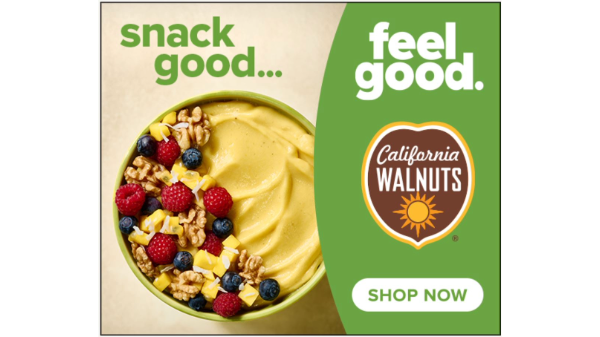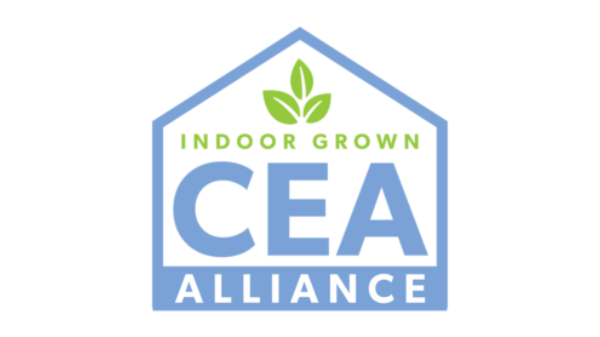
In an industry where a handshake (or elbow bump) can still seal the deal, is technology a spoiler or a boon?
One might think that high-tech tools and the produce industry would clash, especially since some businesses still have a landline for orders, but digital advancements have their place, and can be a lifeline for businesses and entire industries in times of need (like the coronavirus pandemic).
Rapport and Community
Unlike trucks hauling detergent or toys, delays can be catastrophic to those who deal in perishables. For this reason, relationships and trust are vital.
Peri & Sons Farms, Inc. BB #:126045 in Yerington, NV, grows onions. Although onions are one of the more common vegetables in the world, Ace McClellan, IT manager, says his company works hard to make sure customers know they’re always receiving more than onions.
“We take time to share information about our farm and our many innovative processes to underscore the added value of Peri & Sons Farms’ products,” McClellan says. “Relationships are the differentiating factor.
“Our customers rely on us,” McClellan adds. “We understand their needs and their challenges and do everything we can to deliver an exceptional product at a fair price via a seamless process—consistently.”
“Because produce isn’t manufactured, it changes all the time,” says Paul Pappas, executive vice president of Pete Pappas & Sons, Inc. BB #:100956 in Jessup, MD. “There are environmental issues and pest-control matters that mean we need trading partners we can rely on and trust.”
Beyond rapport and trust, is community—and of course, there is no community without unity.
“The produce industry has challenges we all must face, and by working together we can shape the future of the industry and provide even greater value to our customers,” notes Rebecca Catlett, director of marketing and communications for Okanagan Specialty Fruits Inc., BB #:337660 Summerland, BC.
This is a multi-part feature adapted from an article in the May/June 2020 issue of Produce Blueprints.


